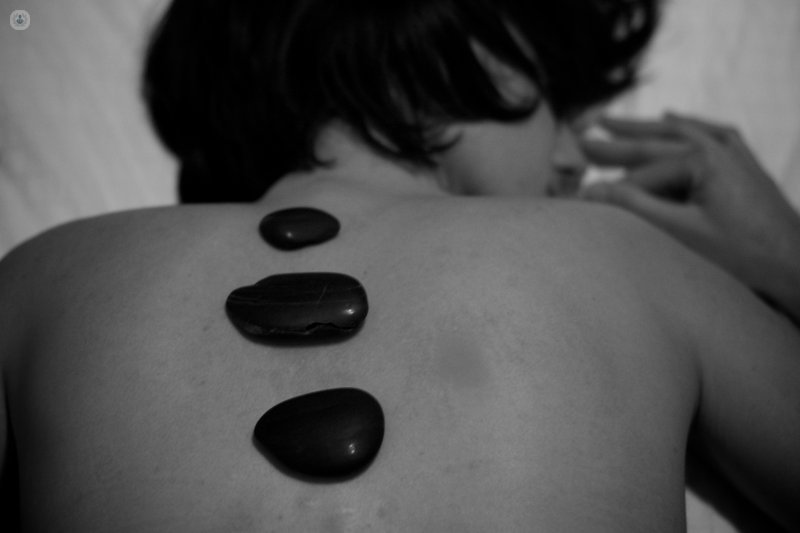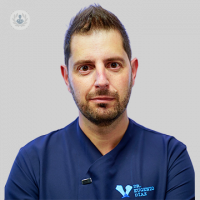6 Key questions on sciatica
Written by:The visit to the orthopedic surgeon for sciatica problem is fairly common, it causes a significant limitation of daily patient activity. Pain may begin in the lower back and leg runs from the buttock and posterior thigh areas can get further apart as the sole.
 What is sciatica?
What is sciatica?
Sciatica is a neuropathic pain, irritation and pain control difficult. Often hinder people's sleep and is aggravated if we sit or cough. In addition, it causes altered sensation, cramps and tingling sensation in the path of the irritated nerve and sometimes, it can cause loss of strength.
Why appears sciatica?
The sciatic nerve roots emerge from the spinal cord, the lumbar and sacral cross vertebrae through the foramina and they all join to form the common sciatic nerve. Irritation of the sciatic nerve usually occurs at the level of the back, due to impingement foramen.
Muscle spasm, lumbosacral disc degeneration and osteoarthritis are the most common causes of sciatica. Others may be a herniated disc, the narrowing of the spinal canal or facet syndrome.
Who are more likely to suffer?
It usually affects middle-aged, sedentary or with a forced position for long periods of time. Muscle overload, obesity or pregnancy are related to their appearance.
In people over 50 years is usually related to disc degeneration and osteoarthritis of the lumbar spine. In younger people, aged 20-50 years, can be caused by a herniated disc.
What warning signs tell me that I see a specialist?
If you do not get adequate pain control, the patient should consult a specialist in traumatology as neuropathic pain often causes great limitation and may necessitate adjustment of treatment.
Also, if the alteration in sensitivity is maintained or progress and, above all, if you increase lower limb weakness should be discarded secondary causes of sciatica.
What can we do to prevent it?
They are preventive measures for sciatica: avoid obesity and sedentary lifestyle, avoid muscular overload, while maintaining a good healthy posture back.
A sedentary lifestyle predisposes to progressive muscle atrophy and muscle spasm, while the gentle physical activity and abdominal muscle strengthening therapy and lumbar get protect our discs and vertebrae of daily overloads.
What is the most effective treatment?
Medical treatment should be used for pain control in the early stages of sciatica. Surgical treatment is reserved for cases with radicular commitment maintained or herniated discs with sensory and motor involvement.
In general, you should make rest a few days and gradually start a soft physical activity. Too much rest is not good for sciatica; however gentle exercise as therapy pool, yoga or physical therapy exercises for stretching and gradual strengthening of the lumbar muscles help the progressive functional recovery, in addition to preventing further episodes.


